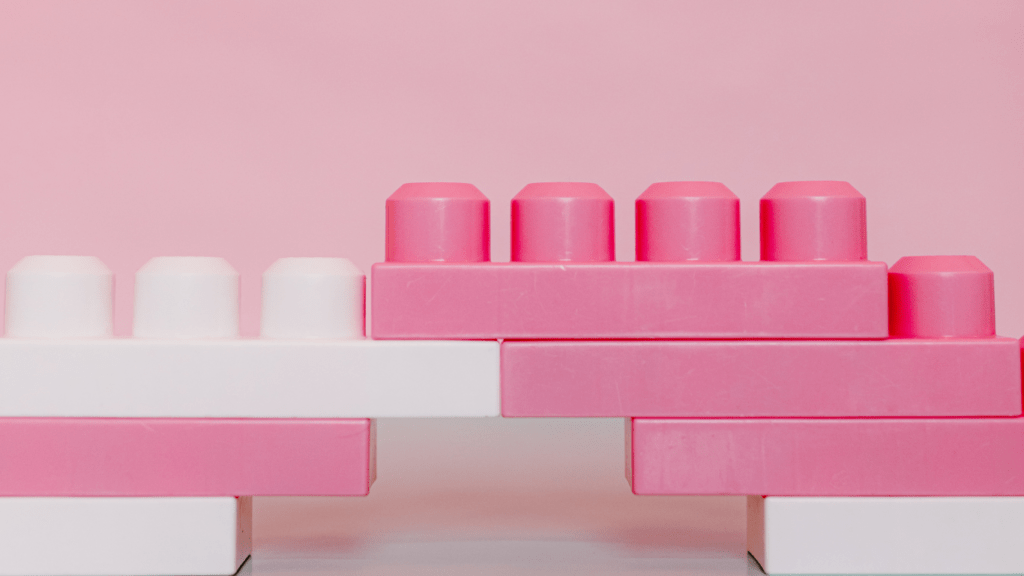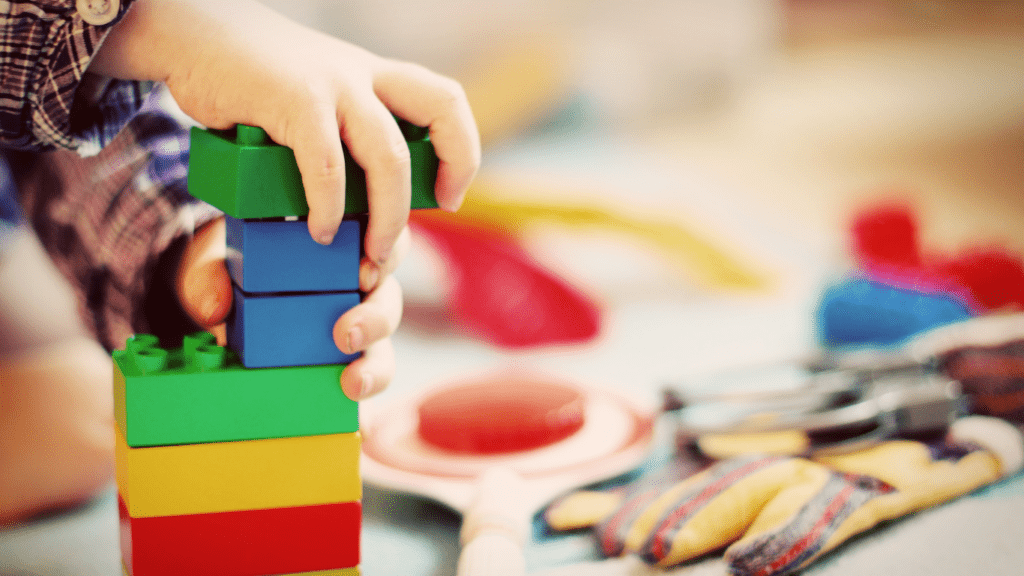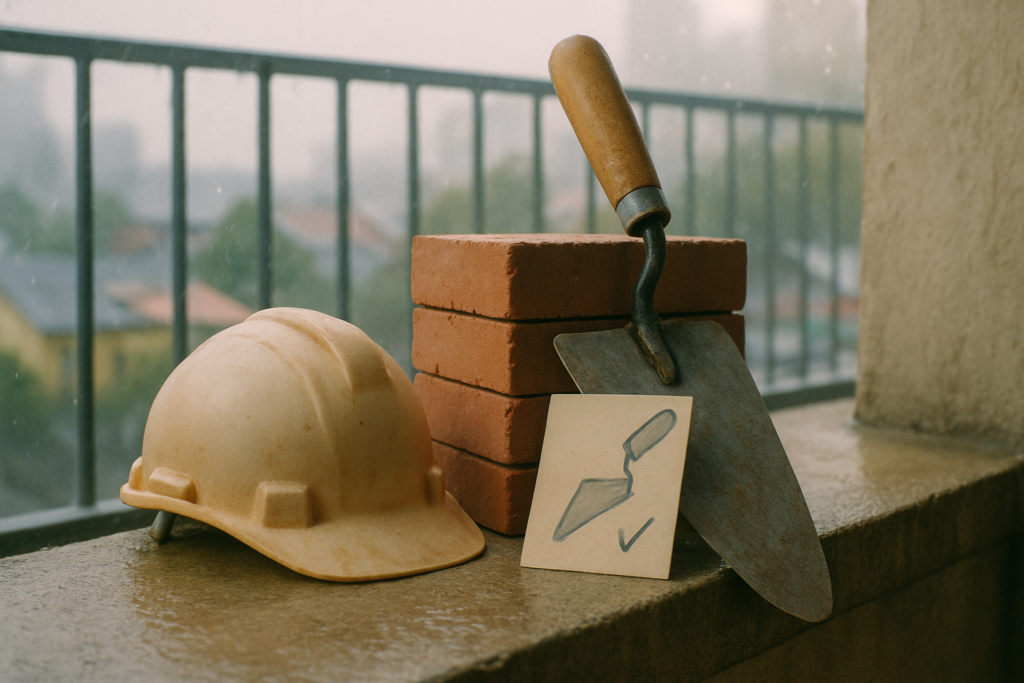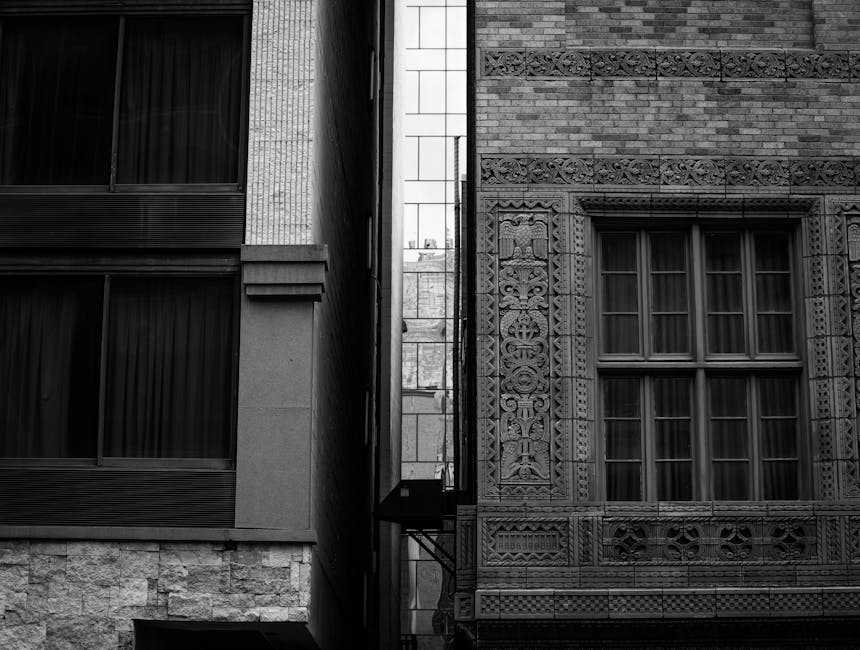Understanding the Basics of Brick Building
In this section, I’ll cover the foundational aspects of brick building. Beginners must grasp these basics to ensure their projects start off strong.
Choosing the Right Materials
Selecting the best materials is critical. Bricks come in different types, including clay, concrete, and sand-lime. Quality varies based on the type and manufacturer. When selecting materials:
- Brick Type: Red clay bricks, concrete bricks, and sand-lime bricks.
- Quality Check: Look for consistent color, size, and texture.
- Mortar Selection: Use a mortar mix suitable for your bricks.
Choosing the right materials ensures the durability and appearance of your structure.
Essential Tools for Beginners
Starting with the correct tools makes a difference. Essential tools for a beginner in brick building include:
- Trowels: Pointing trowels for applying mortar accurately.
- Spirit Level: Ensures bricks are laid evenly.
- Brick Hammer: Useful for cutting and shaping bricks.
- Jointing Tools: For smoothing mortar joints.
- Brick Chisel: For precise brick splitting.
Equipping yourself with these tools paves the way for efficient and precise brick laying.
Step-by-Step Guide to Your First Brick Project

Tackling your first brick project can feel daunting, but breaking it down into manageable steps can ease the process.
Planning Your Design
Careful planning sets the foundation for a successful brick project. Start by sketching out your design, whether you’re building a wall, a patio, or a simple garden bed. Consider dimensions, shapes, and patterns.
Measure the area where you’ll build. Accurate measurements help ensure you order the right amount of materials. Factor in space for mortar joints, usually 3/8 inch thick. Planning also involves selecting a brick type that suits your design and budget.
Laying the First Brick
Place the first brick with precision to set the tone for the rest of your project. Begin by preparing the site. Clear debris and level the ground. Lay a firm base, usually a concrete footing, to provide stability.
Mix your mortar to a workable consistency. Apply a layer of mortar where you’ll place the first brick. Use a trowel for even distribution. Position the brick, tapping it gently with the handle of the trowel to set it firmly in the mortar bed.
Check the level and alignment. Use a spirit level to ensure the brick is perfectly horizontal. Adjust as necessary before the mortar sets. This initial step is crucial as it dictates the alignment and level of the entire structure.
Tips for Effective Bricklaying
Effective bricklaying hinges on several key practices that ensure stability and aesthetics.
Maintaining Straight Lines
Aligning bricks in straight lines impacts both appearance and structural integrity. I use a string line stretched between two bricks at the ends of the row as a guide.
This helps me keep the alignment precise. A spirit level verifies each brick’s position, ensuring horizontal and vertical straightness. Consistent spacing between bricks is essential, so I use a brick spacing tool to maintain uniformity throughout the wall.
Ensuring Structural Integrity
Structural integrity starts with a strong foundation. I ensure the base is level and compacted before beginning. When mixing mortar, I follow a 1:4 ratio of cement to sand for strong adhesion.
Each layer is staggered, with bricks offset from one row to the next (a practice called “running bond”). This distributes weight evenly and enhances stability.
Periodically, I check the plumb line to keep walls vertical and prevent leaning. Reinforcing the structure with metal ties or mesh increases strength, especially in load-bearing walls.
These practices ensure the brickwork is not only effective but durable and visually appealing.
Common Mistakes to Avoid in Brick Building
Encountering common mistakes can hinder the bricklaying process. Here, I discuss key errors to watch out for, ensuring your brick projects succeed.
Using Incorrect Mortar Mix
Choosing the right mortar mix ensures bricks bond correctly. Errors in mix proportion, such as too much sand, can weaken the structure.
Use a mix of one part cement to three parts sand for general brickwork. Always follow manufacturer guidelines for specific types of bricks.
Neglecting Weather Conditions
Weather conditions impact mortar drying and brick setting. High moisture levels cause delays in drying, while extreme temperatures affect the bond.
Avoid bricklaying in heavy rain or temperatures below 40°F. If conditions are unavoidable, use protective coverings to shield your work.
By addressing these errors, your bricklaying projects will be robust and visually appealing.



